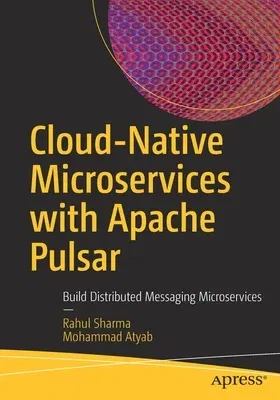Apply different enterprise integration and processing strategies
available with Pulsar, Apache's multi-tenant, high-performance,
cloud-native messaging and streaming platform. This book is a
comprehensive guide that examines using Pulsar Java libraries to build
distributed applications with message-driven architecture.
You'll begin with an introduction to Apache Pulsar architecture. The
first few chapters build a foundation of message-driven architecture.
Next, you'll perform a setup of all the required Pulsar components. The
book also covers work with Apache Pulsar client library to build
producers and consumers for the discussed patterns.
You'll then explore the transformation, filter, resiliency, and tracing
capabilities available with Pulsar. Moving forward, the book will
discuss best practices when building message schemas and demonstrate
integration patterns using microservices. Security is an important
aspect of any application; the book will cover authentication and
authorization in Apache Pulsar such as Transport Layer Security (TLS),
OAuth 2.0, and JSON Web Token (JWT). The final chapters will cover
Apache Pulsar deployment in Kubernetes. You'll build microservices and
serverless components such as AWS Lambda integrated with Apache Pulsar
on Kubernetes.
After completing the book, you'll be able to comfortably work with the
large set of out-of-the-box integration options offered by Apache
Pulsar. What You'll Learn
-
Examine the important Apache Pulsar components
-
Build applications using Apache Pulsar client libraries
-
Use Apache Pulsar effectively with microservices
-
Deploy Apache Pulsar to the cloud
Who This Book Is For
Cloud architects and software developers who build systems in the
cloud-native technologies.


